The ongoing war in Ukraine has brought to light the significant role that small commercial drones play in modern warfare. These drones, used for reconnaissance and as weapons, have forced militaries to adapt their tactics and technologies to counter this new threat. As both sides in the conflict innovate and modify off-the-shelf drones, the U.S. military is taking notes and adjusting its strategies accordingly, according to Task & Purpose.
The Ubiquity of Drones in Ukraine
According to Brig. Gen. Guillaume Beaurpere, commander of the U.S. Army John F. Kennedy Special Warfare Center and School (SWCS), soldiers in Ukraine are always accompanied by drones, either supporting them or working against them. The prevalence of drone footage on social media has highlighted the devastating impact of these small unmanned systems on the battlefield.
Dylan Hamm, a former Navy SEAL now working for defense contractor PDW, notes that both sides in the war are adapting to the disruptive nature of Drone Technology. “They’re figuring out: ‘What can I zip tie to this drone?’ ‘How can I get this kinetic payload delivered?’ And they’re just making it happen,” Hamm said.
Drones as Weapons
One of the most striking examples of drone adaptation in Ukraine is the use of quadcopters rigged with RPG-7 rockets. These modified drones have transformed the shoulder-fired weapon into a “maneuverable shape charge,” posing a significant threat to armored vehicles. This development has forced militaries to rethink their strategies and find ways to counter and employ this capability effectively.
Countering the Drone Threat
To mitigate the risk of drone attacks, various tactics and technologies are being employed in Ukraine. These include electromagnetic pulse weapons that force drones to land or disarm by sending out specific protocol commands. However, Hamm believes that these technologies are still in the early stages of development and need to become more agile to keep up with the ever-changing drone landscape.
Other countermeasures include the use of nets to safely intercept quadcopters and prevent them from delivering impact-detonated munitions. The presence of drones has also led to changes in trench warfare tactics, as linear trenches are now more vulnerable to drone attacks.
The Impact on Military Communication
In addition to the direct threat posed by drones, their presence has also affected military communication. Cell phone towers and infrastructure emitting high energy levels can disrupt radio signals by interfering with operational frequencies. To address this issue, PDW has developed BlackWave, a jammer-proof radio technology designed to ensure reliable digital radio links in jammed spaces.
The war in Ukraine has demonstrated the significant impact that small commercial drones have on modern warfare. As militaries around the world take note of the lessons learned from this conflict, it is clear that understanding the strengths and weaknesses of unmanned drones is crucial. The U.S. military, along with other nations, is actively working to master this new aspect of warfare by adjusting tactics, resources, and unit structures to support and counter drone capabilities.

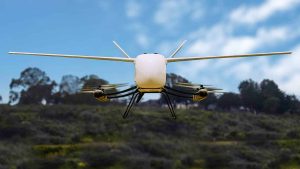

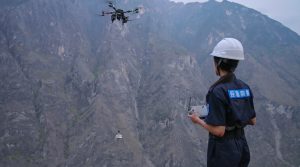


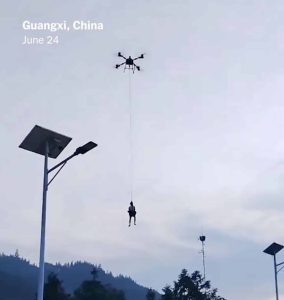
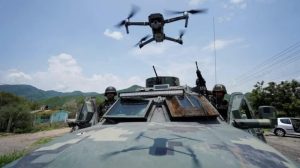

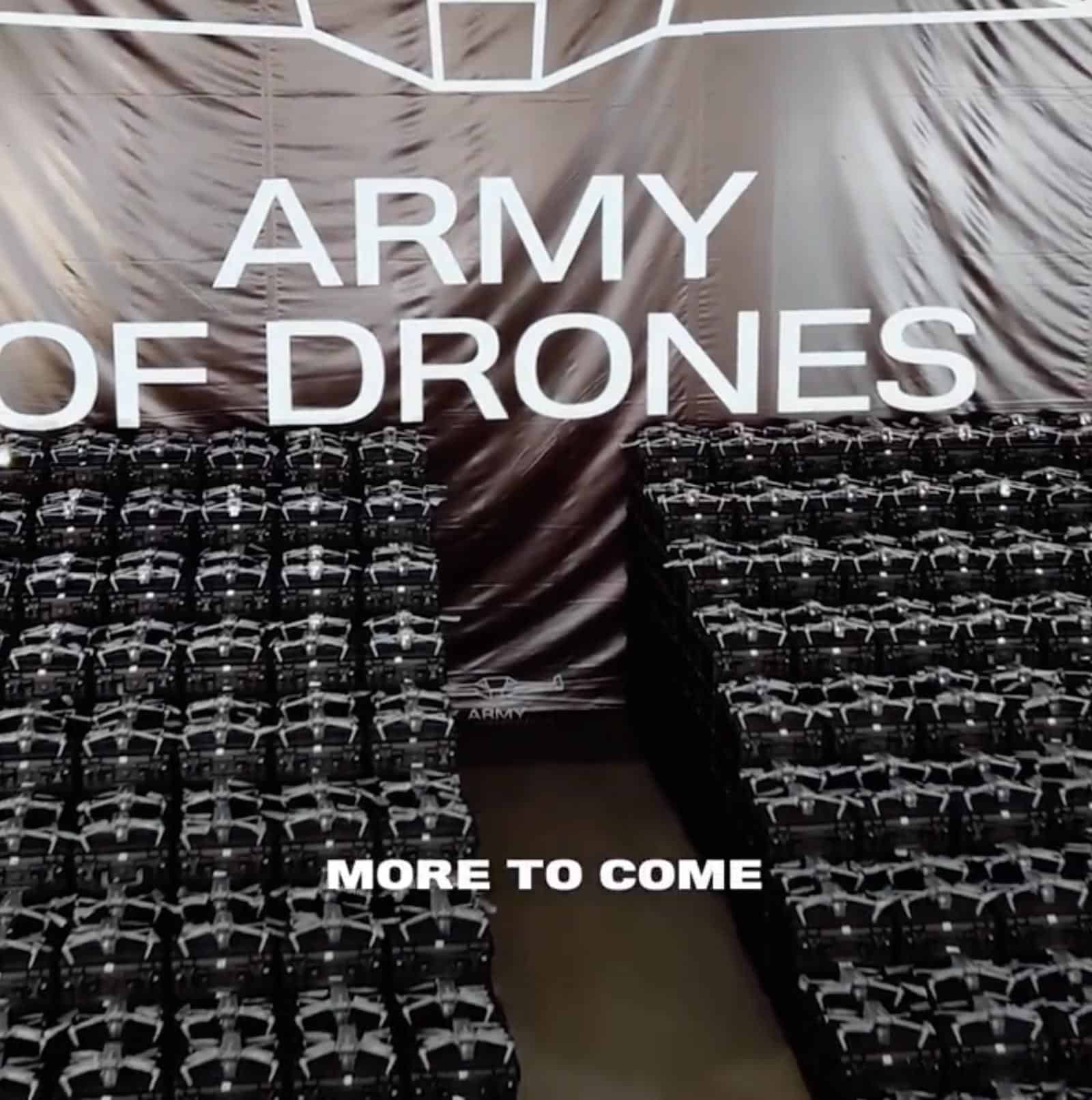

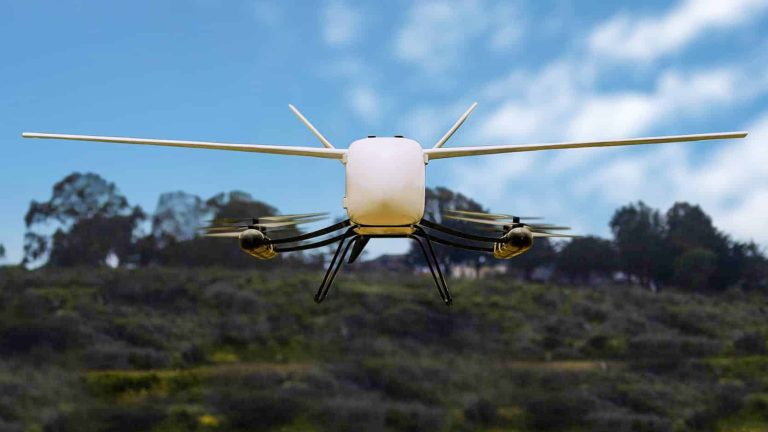



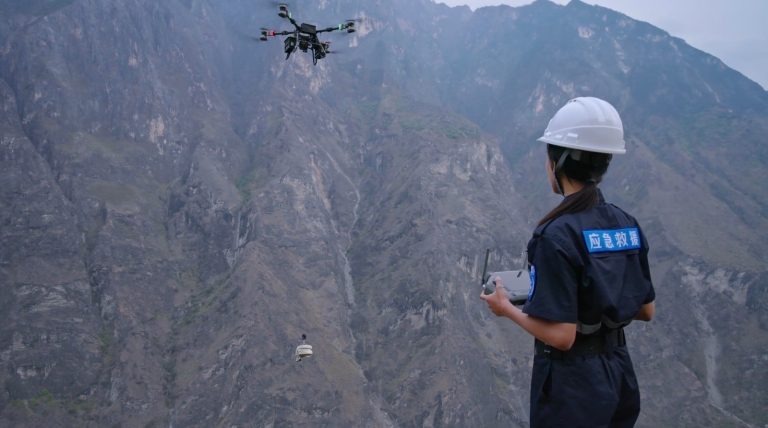
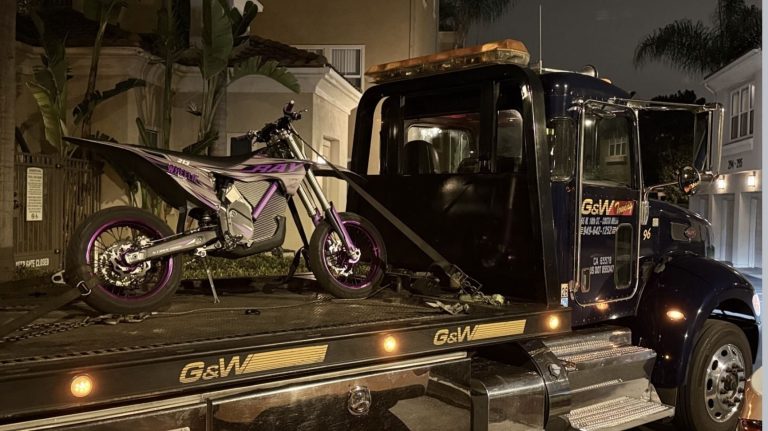

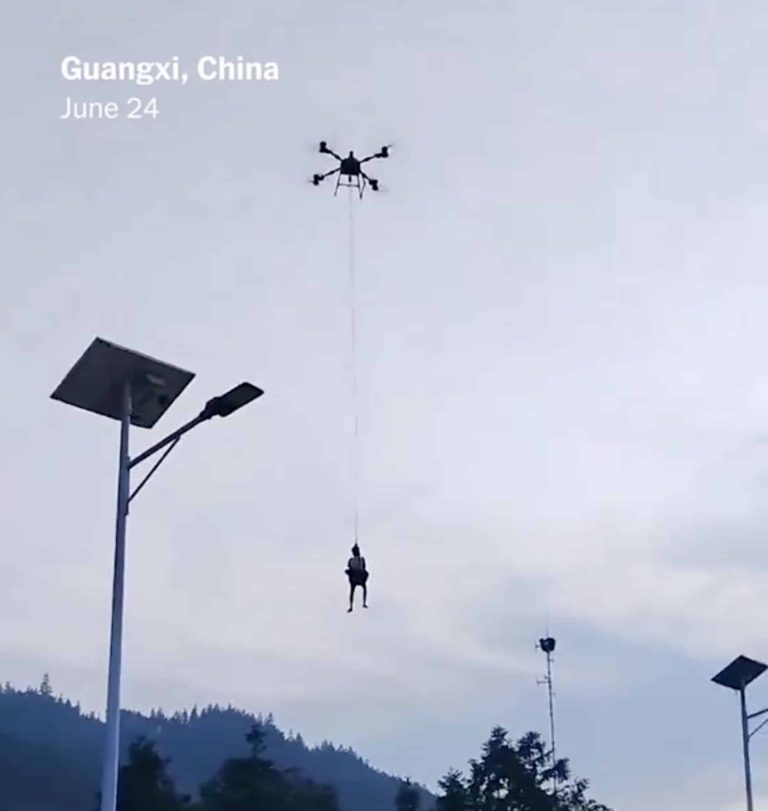
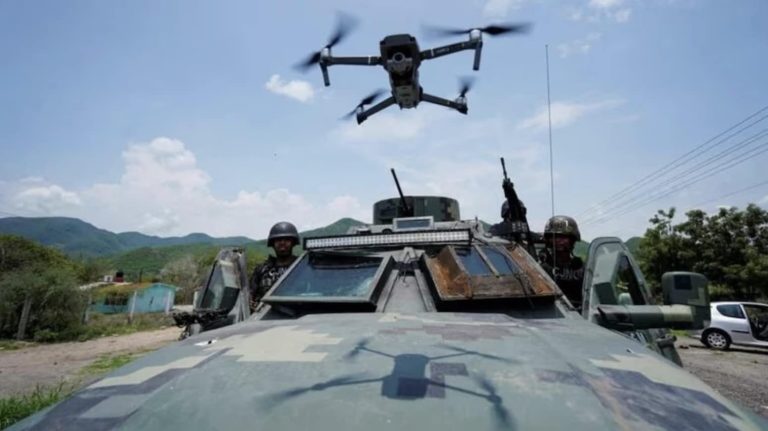
+ There are no comments
Add yours